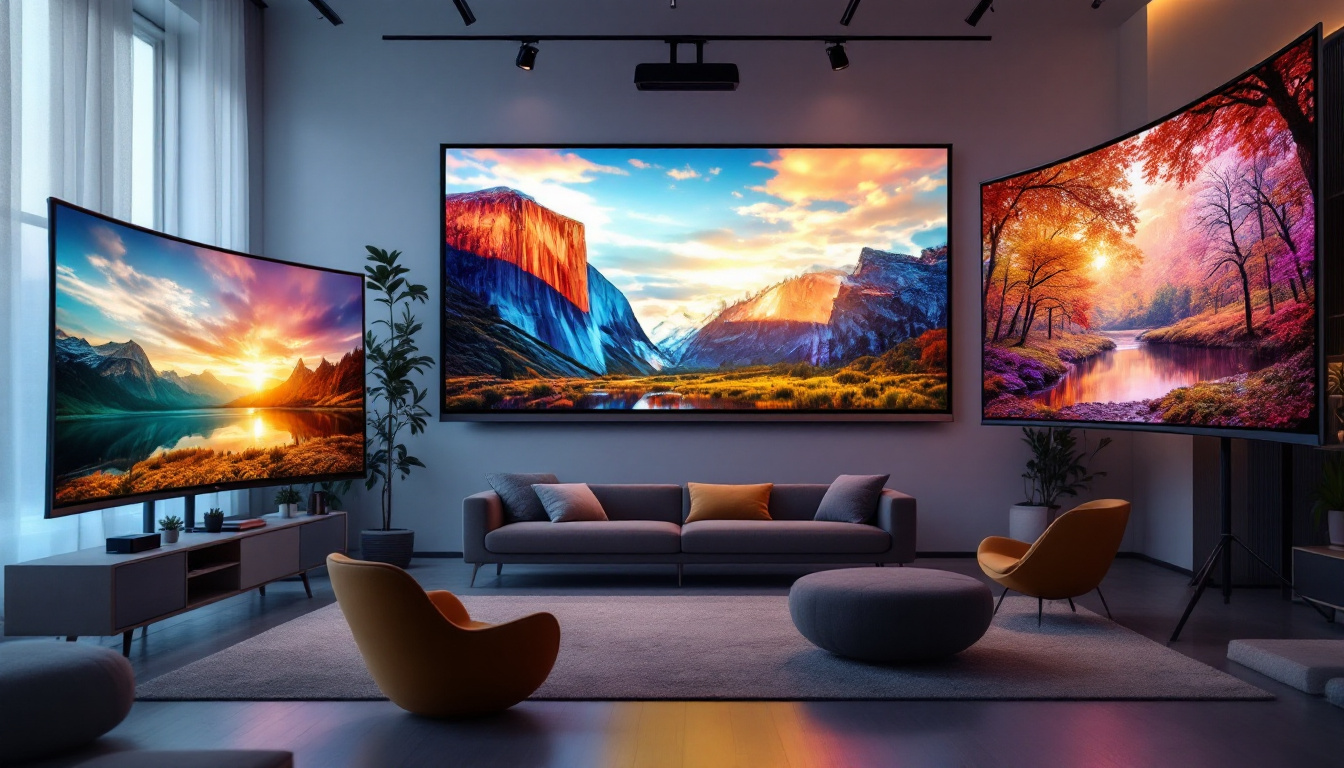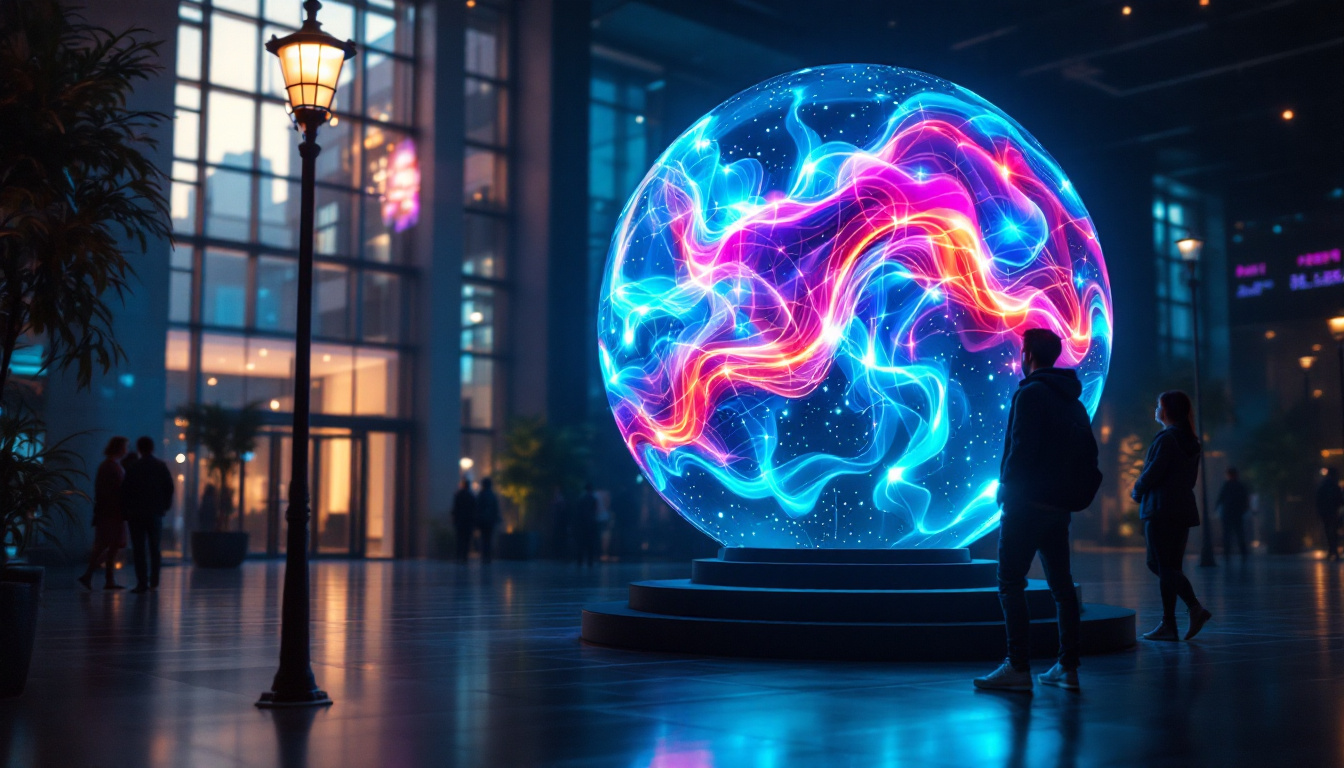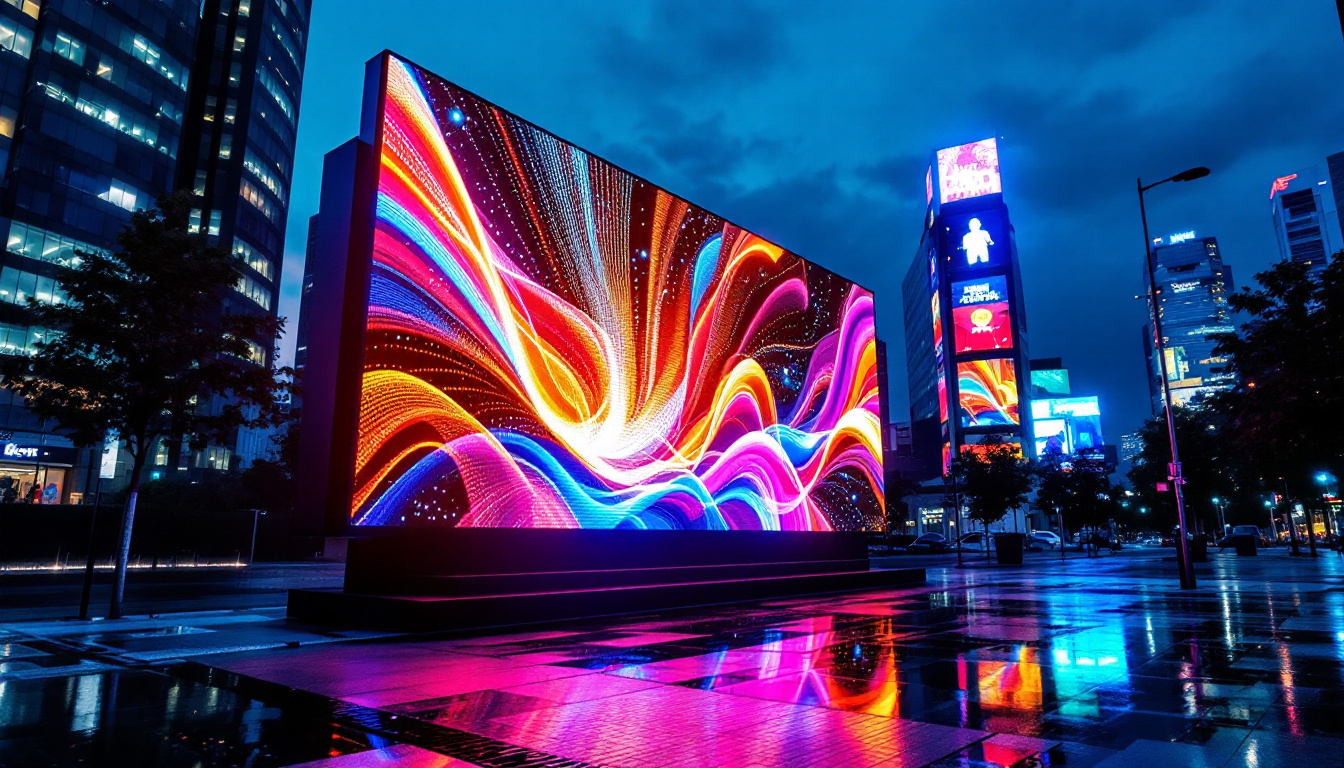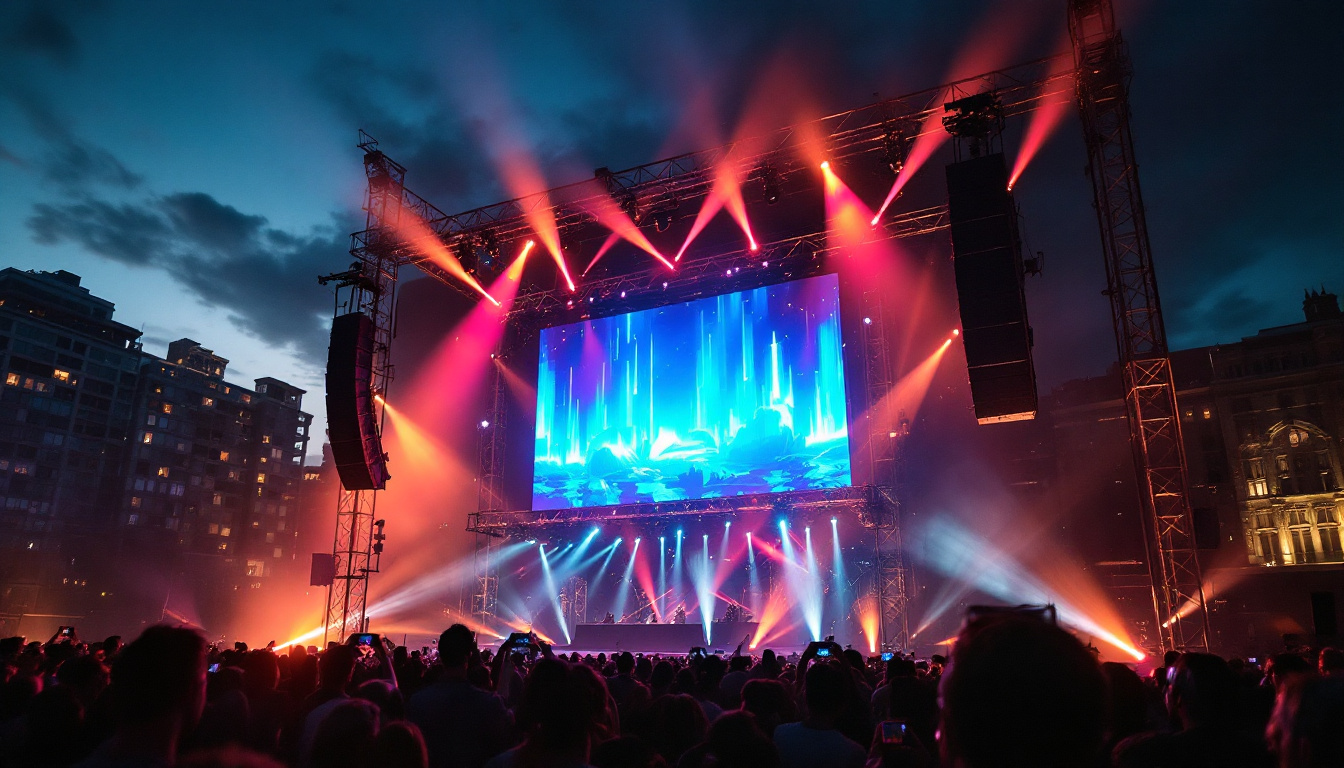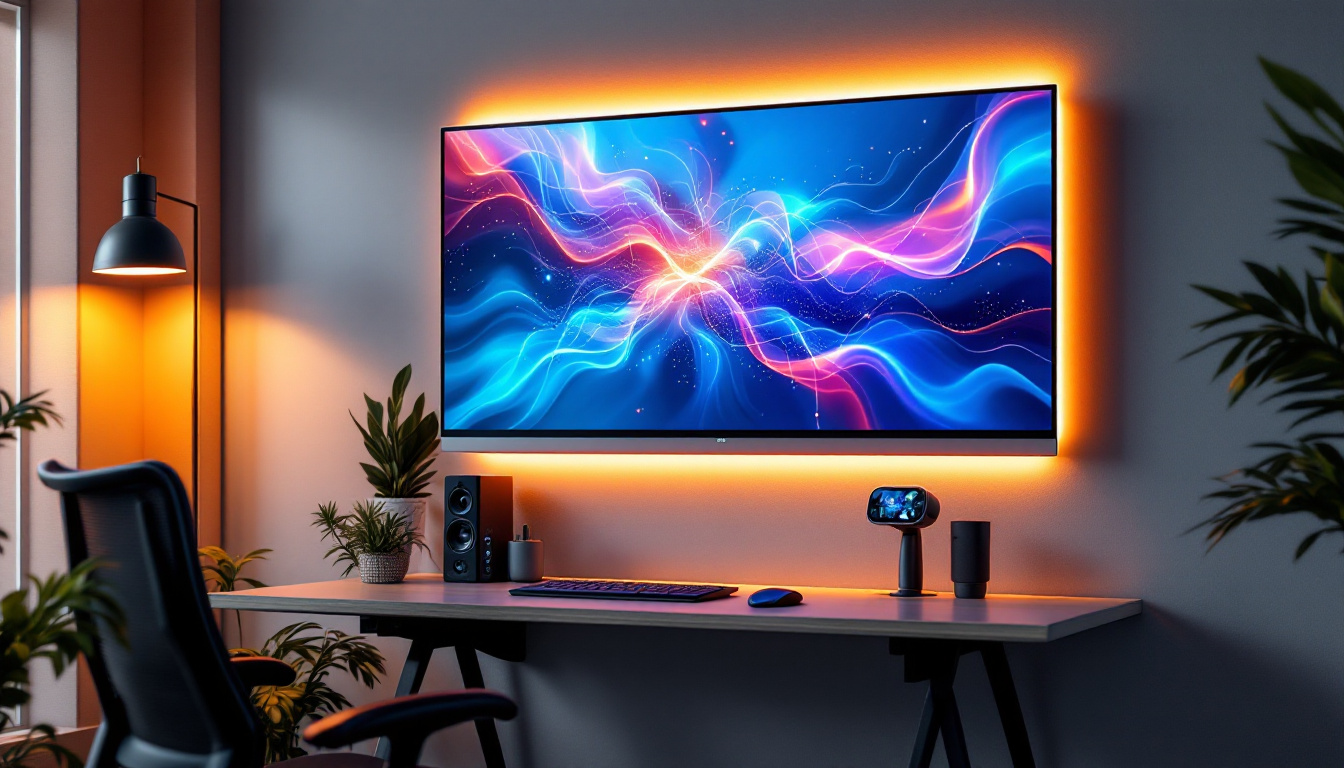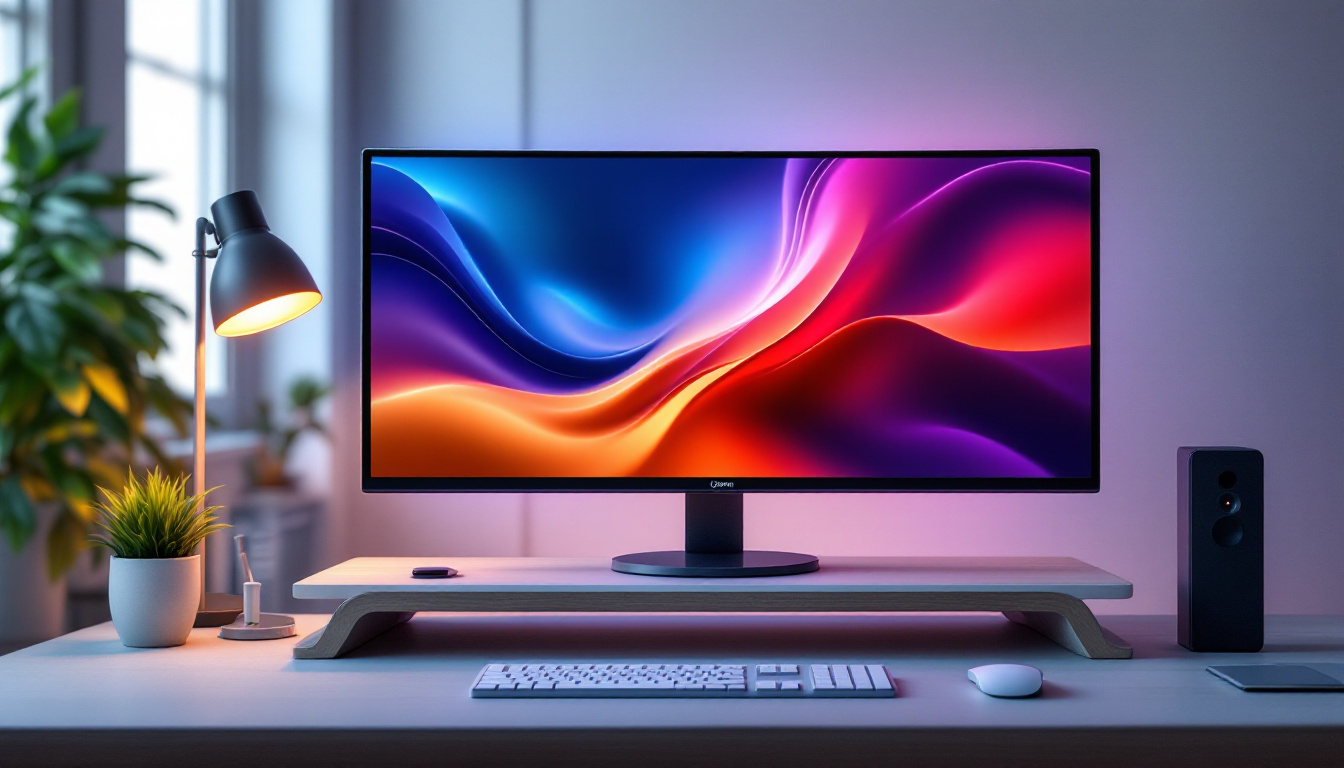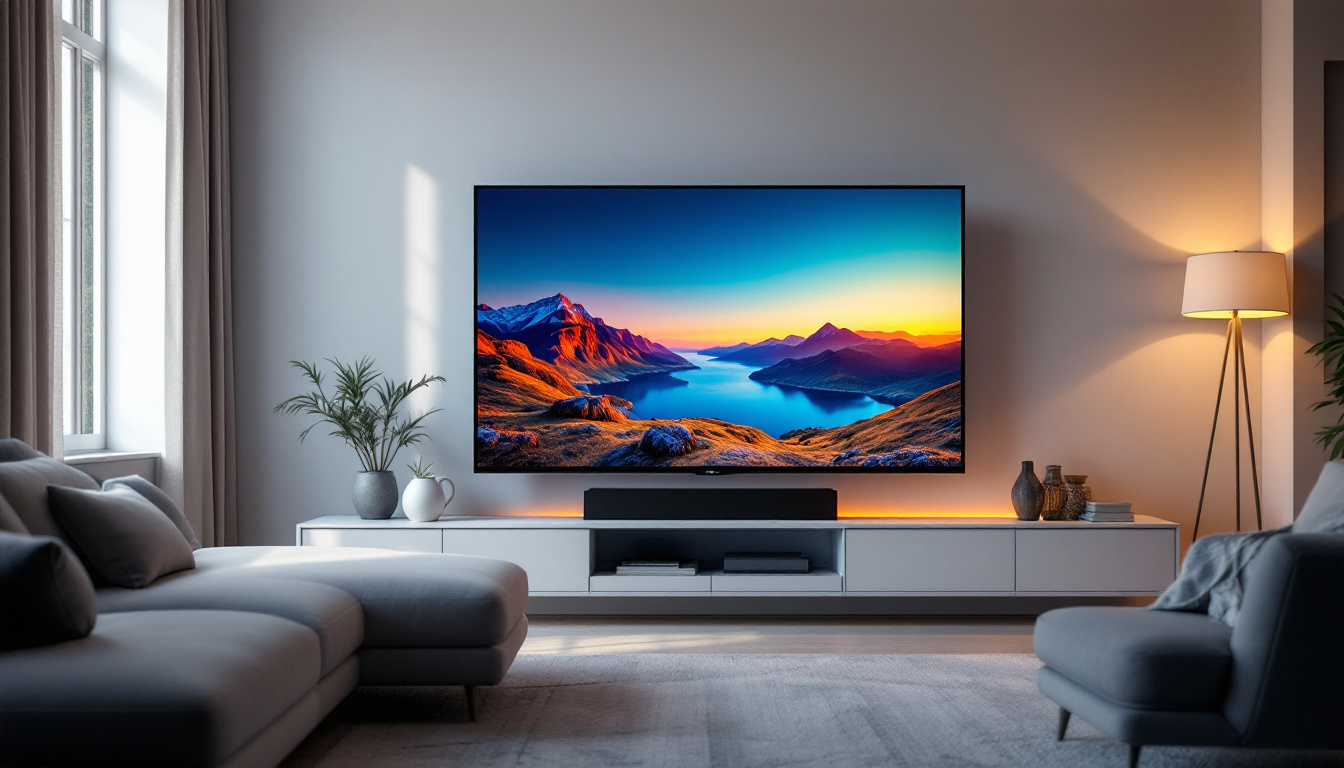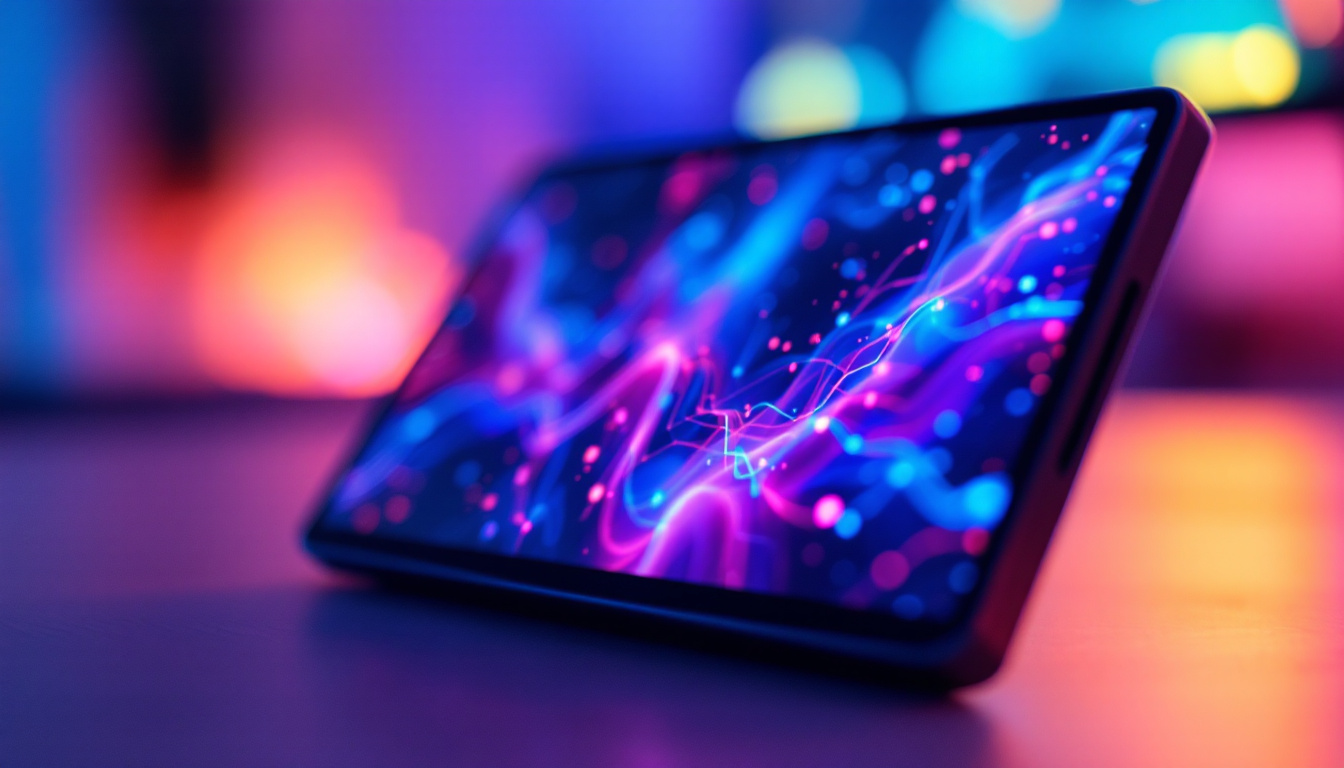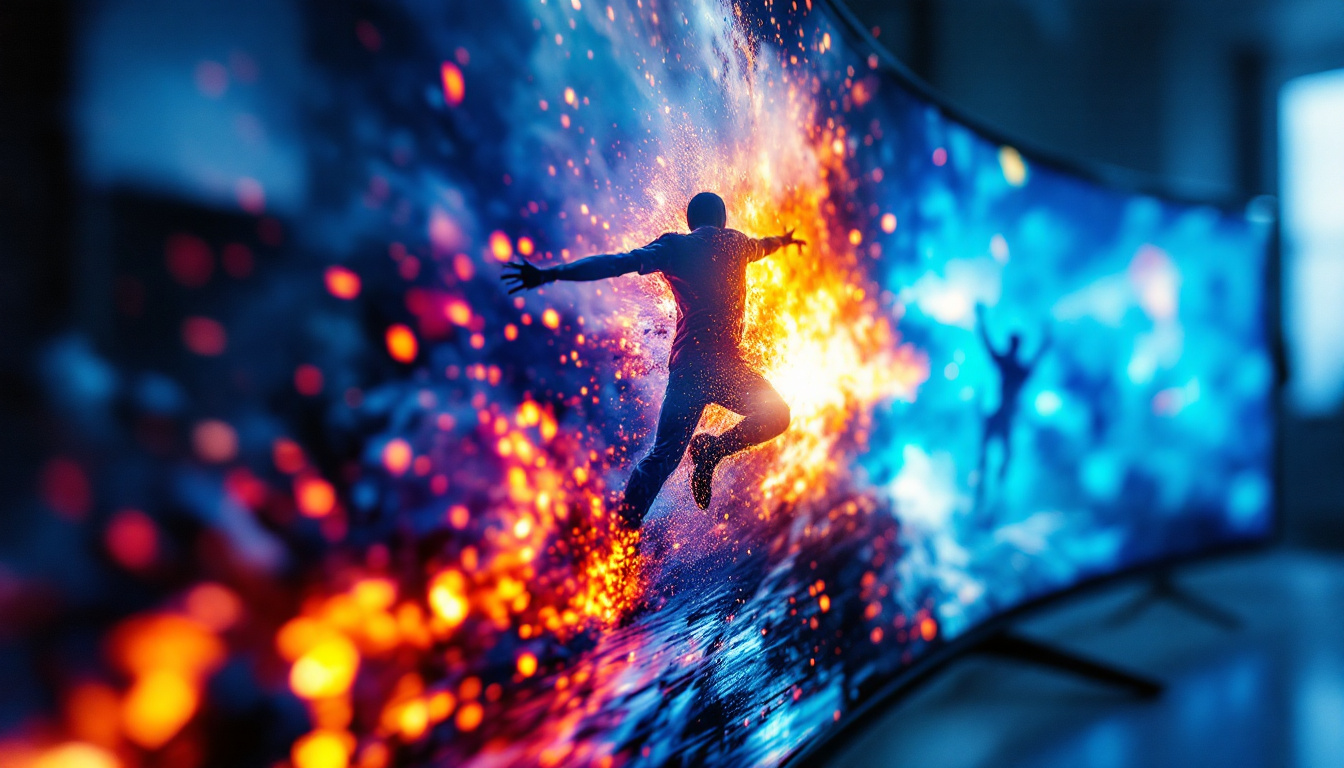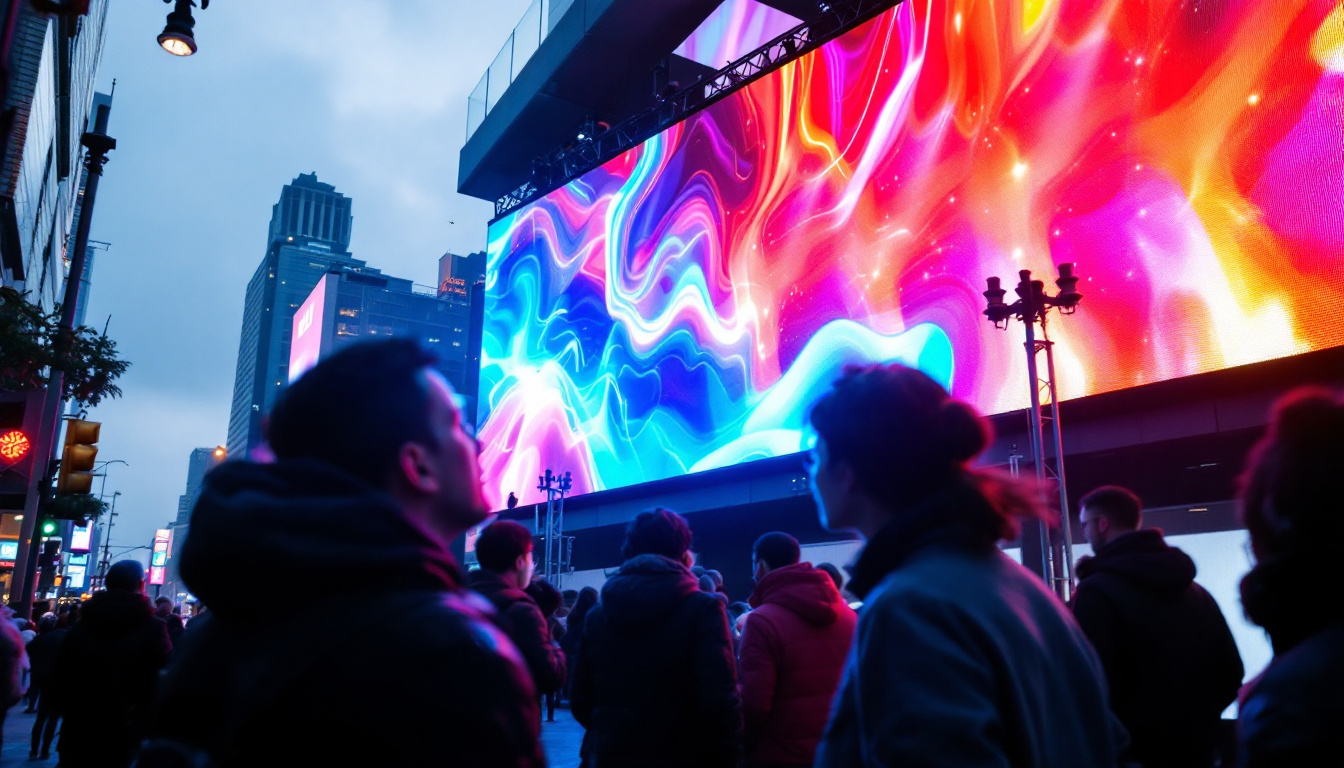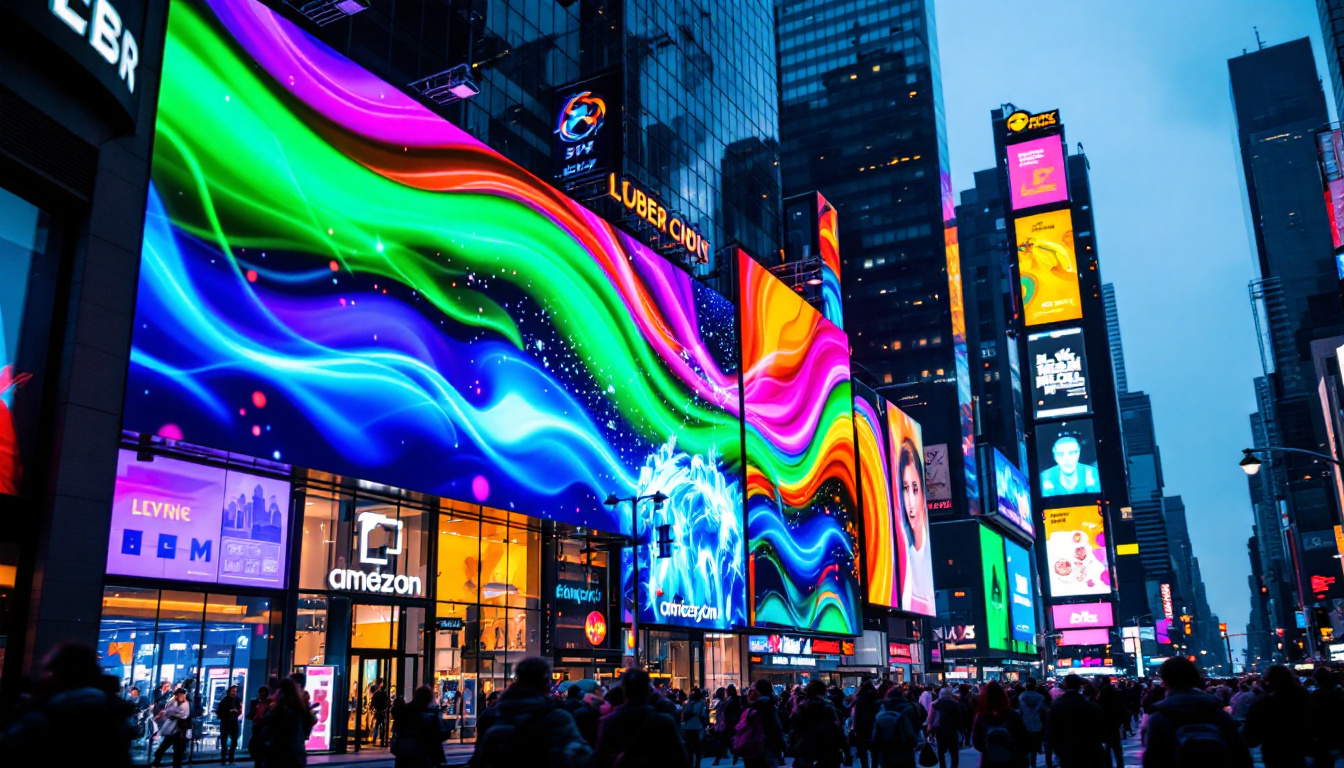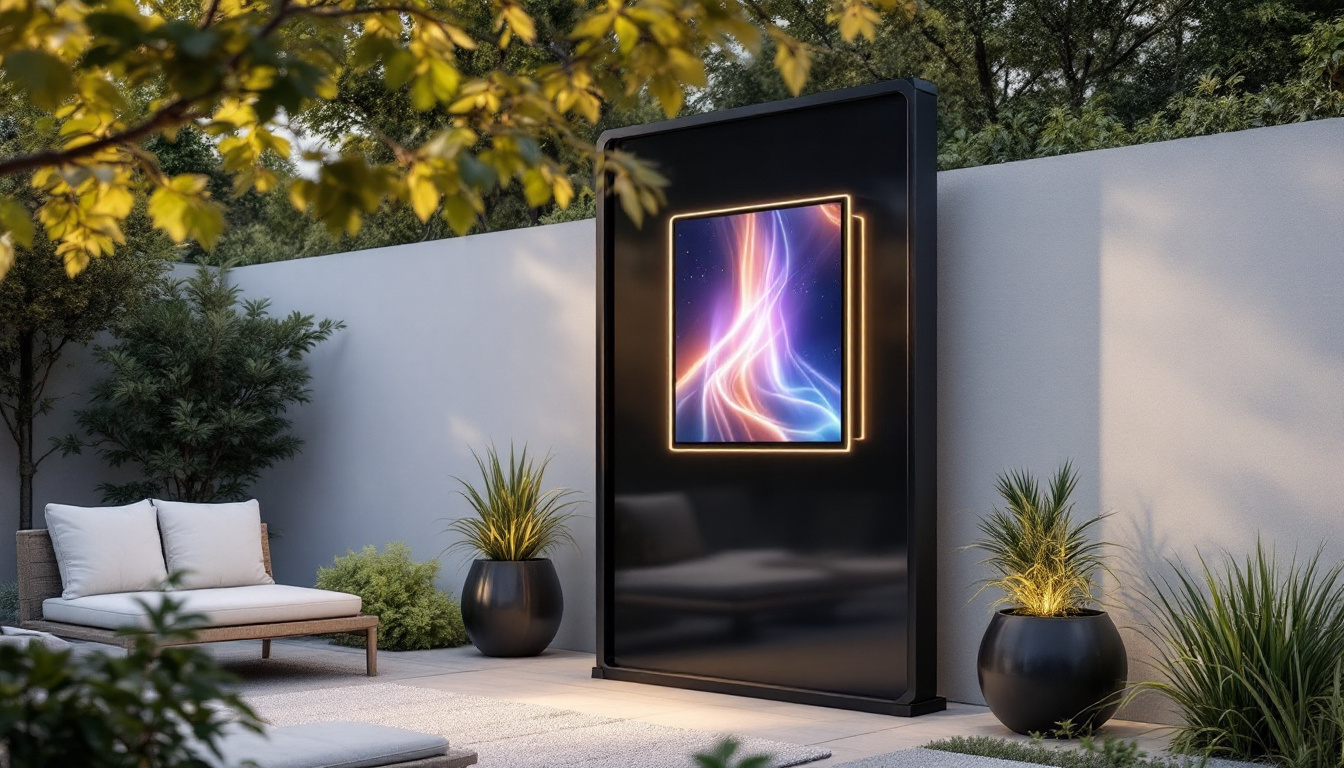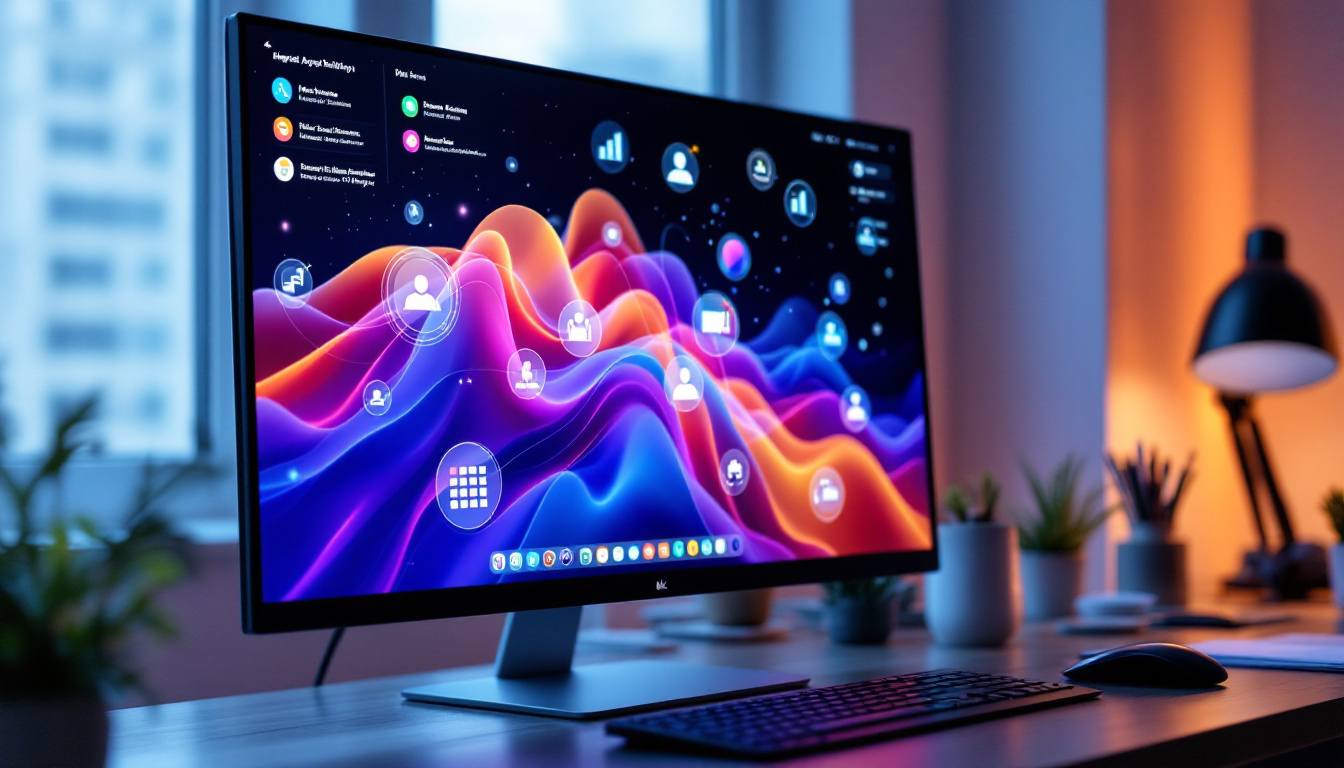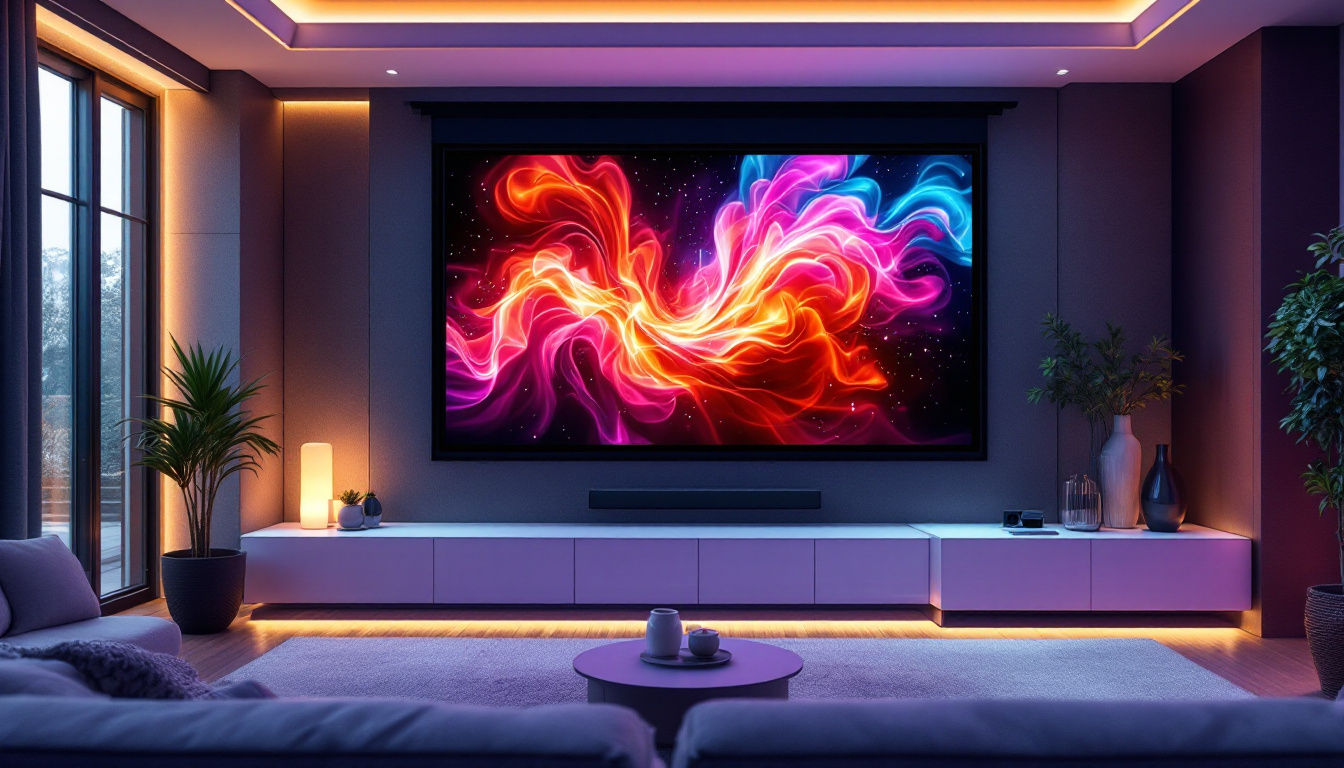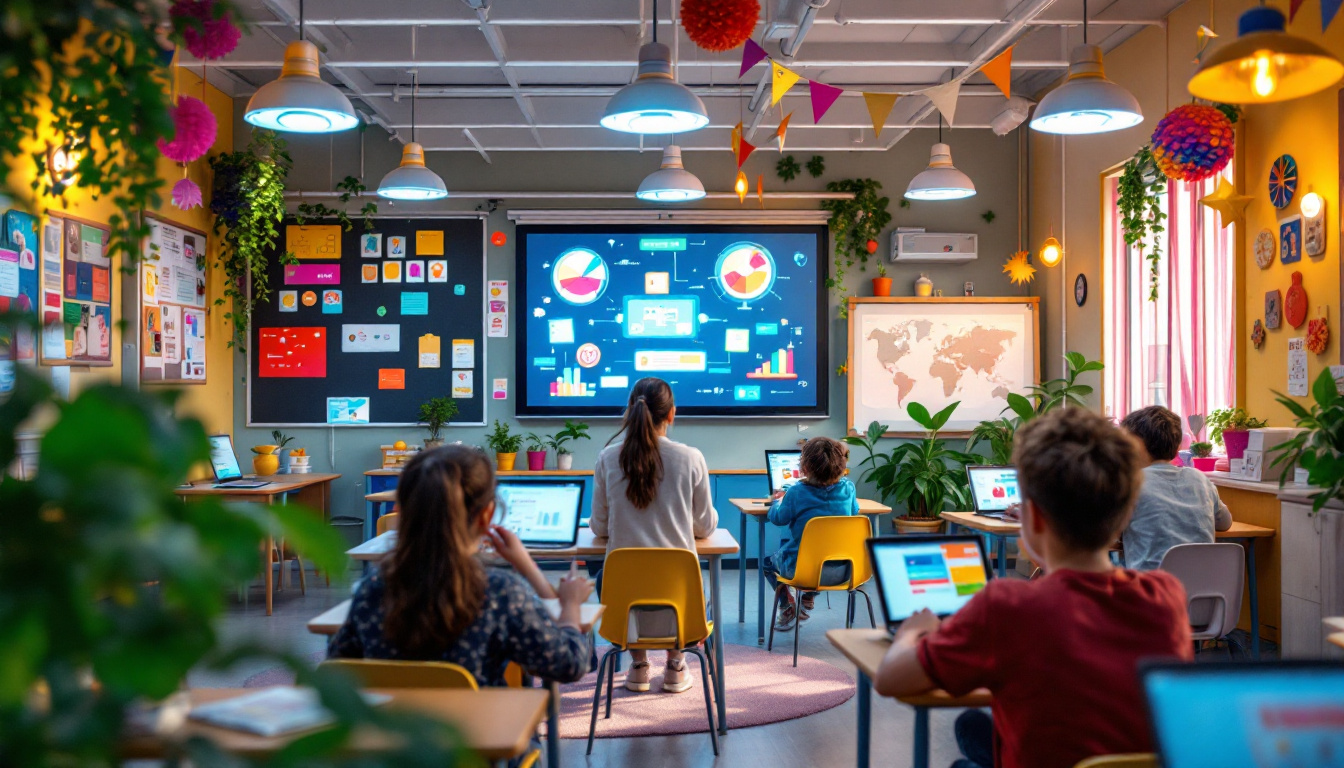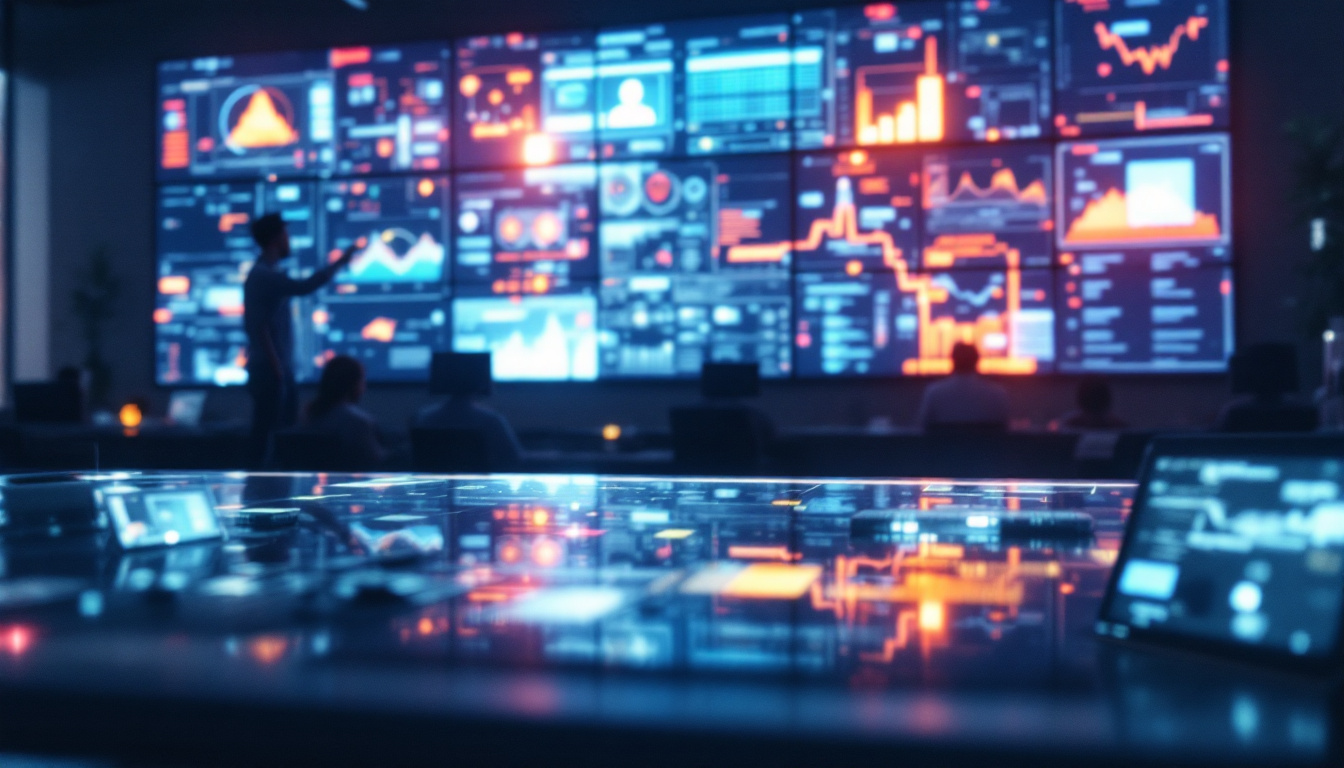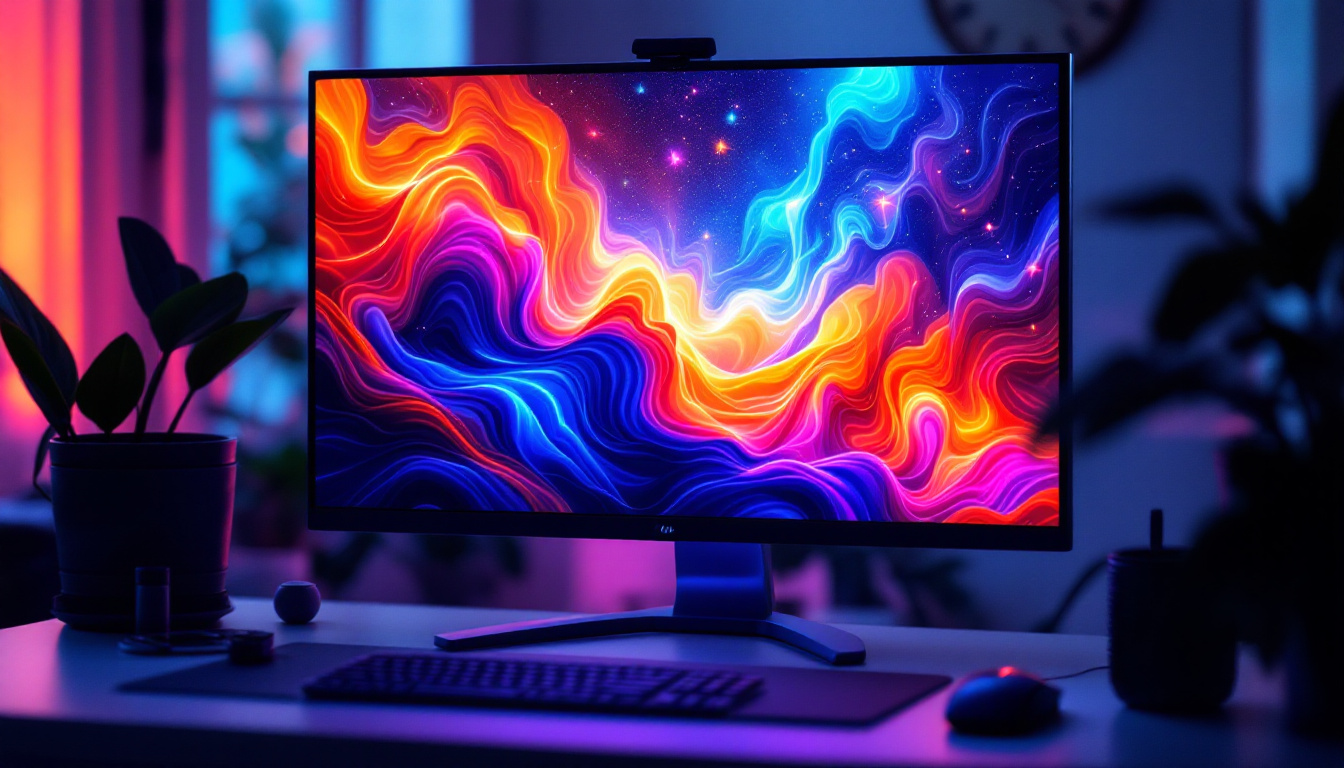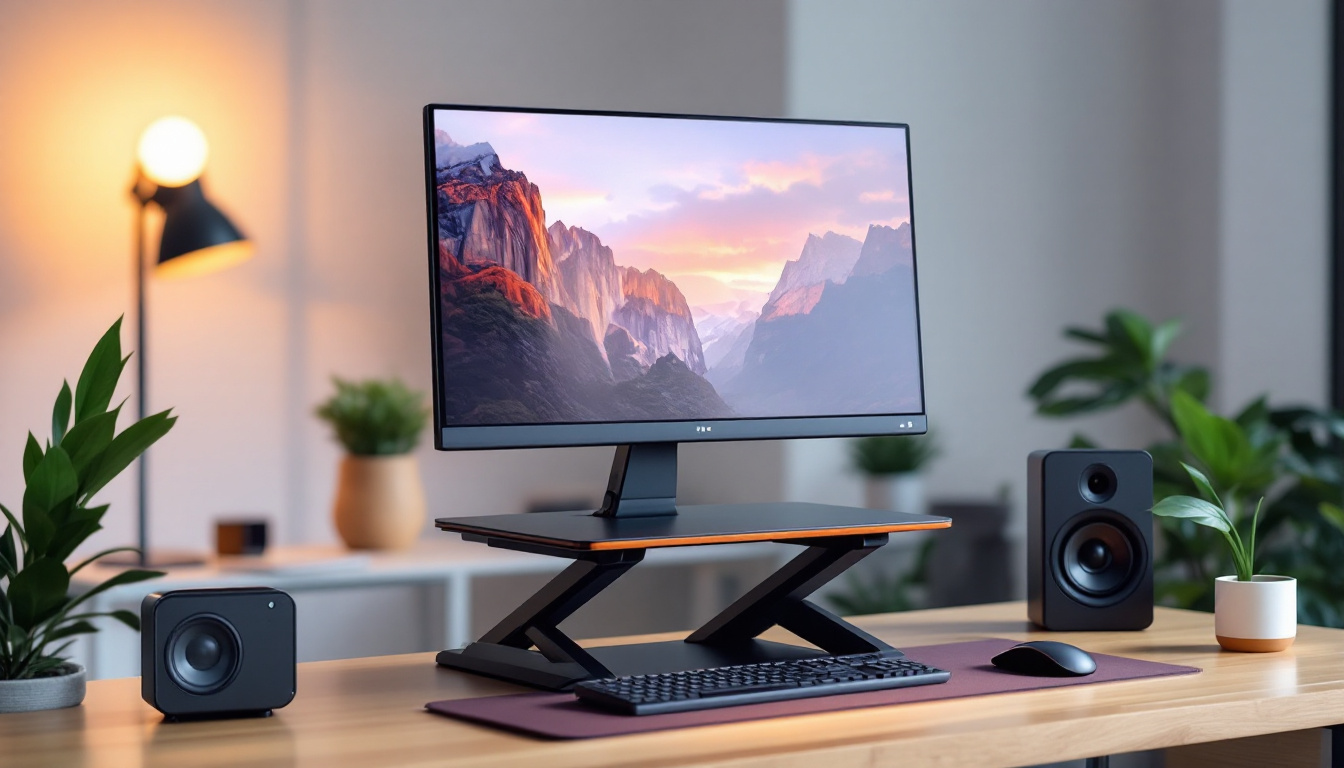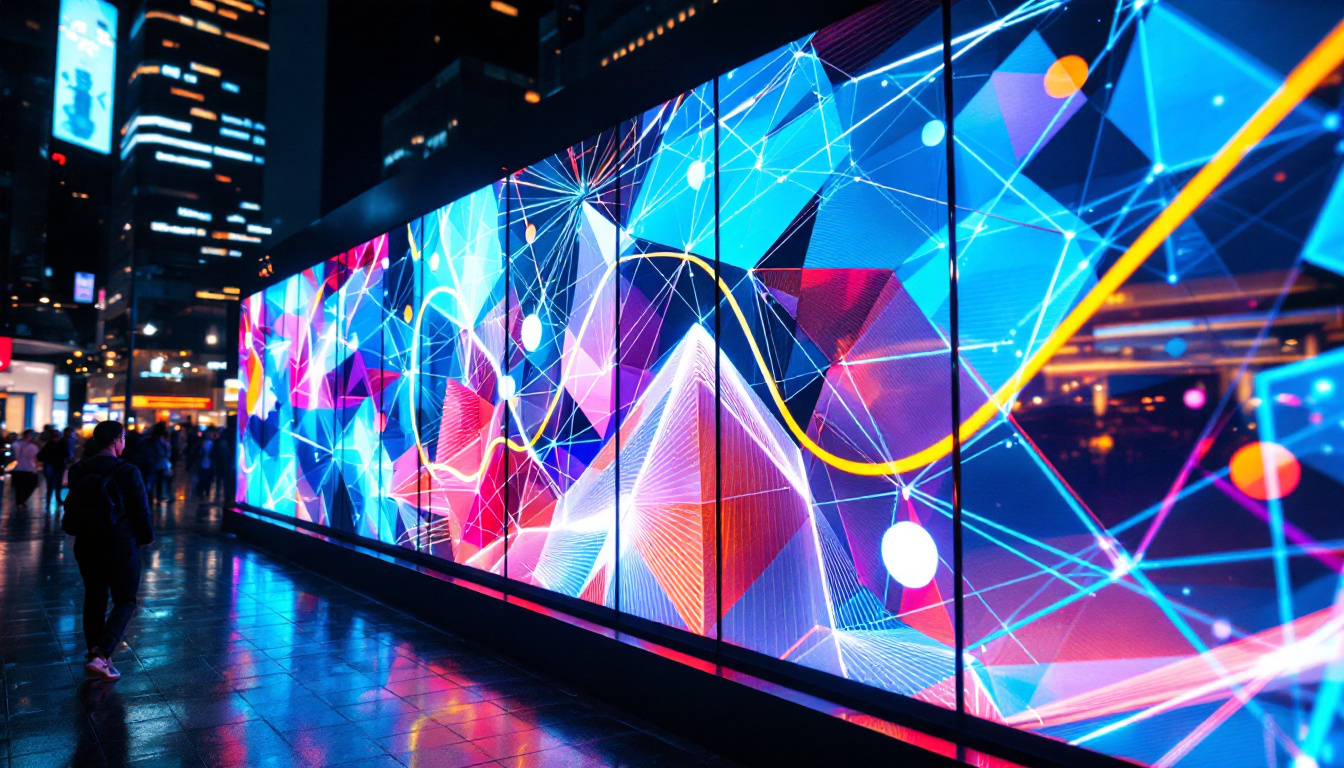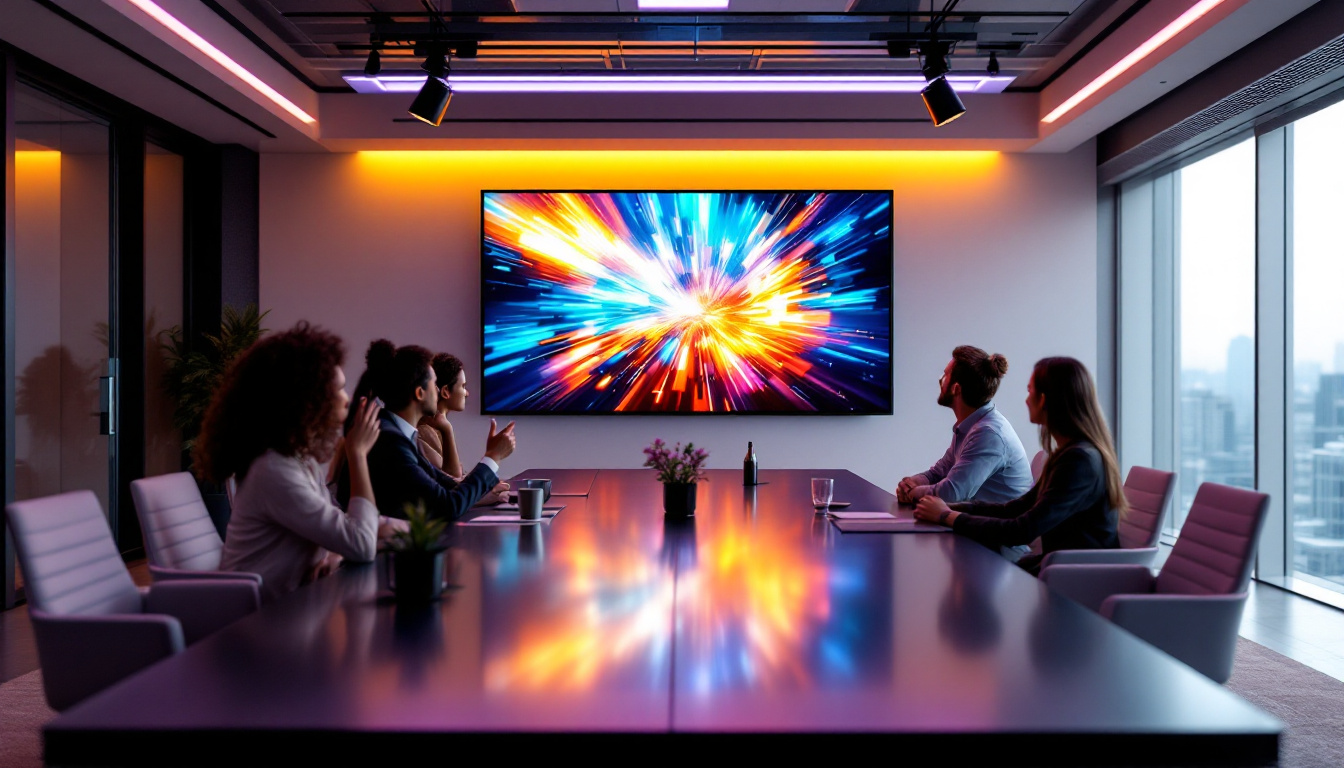In today’s digital age, projectors have become an essential tool for both personal and professional settings. Whether for home theaters, classrooms, or corporate presentations, understanding the various projector screen sizes is crucial for achieving the best viewing experience. This article delves into common projector screen sizes and how LED displays play a pivotal role in enhancing visual quality.
Understanding Projector Screen Sizes
Projector screens come in a variety of sizes, each tailored for specific environments and viewing needs. The size of the screen is typically measured diagonally from corner to corner, and it significantly influences the overall projection quality and viewer experience. Choosing the right size not only enhances visibility but also ensures that the content is engaging and easy to follow, whether it’s a cinematic experience or a business presentation.
Aspect Ratios and Their Importance
Aspect ratio refers to the proportional relationship between the width and height of the screen. The most common aspect ratios for projector screens are 4:3, 16:9, and 16:10. Understanding these ratios is essential when selecting a screen that complements the projector’s output. Each aspect ratio caters to different types of media, making it crucial to align your choice with the content you plan to display.
The 4:3 aspect ratio is often used for traditional presentations and older video formats, making it suitable for educational environments. In contrast, the 16:9 aspect ratio has become the standard for high-definition content, particularly in home theaters and modern corporate settings. The 16:10 aspect ratio, while less common, is favored in some professional environments for its versatility. This ratio provides a bit more vertical space, which can be beneficial for displaying documents or presentations that require additional height without compromising width.
Choosing the Right Size for Your Space
When selecting a projector screen size, consider the room’s dimensions and the distance between the projector and the screen. A general rule of thumb is to allow for a viewing distance of 1.5 to 2.5 times the screen’s diagonal size. For instance, a 100-inch screen would require viewers to sit between 12.5 and 20.8 feet away for optimal viewing. This distance ensures that the image is clear and that viewers can comfortably absorb the content without straining their eyes.
Additionally, the height of the screen should be considered. A screen that is too high or too low can lead to neck strain and discomfort. Ideally, the bottom of the screen should be positioned at eye level when seated. Furthermore, the ambient light in the room plays a significant role in screen selection; darker rooms can accommodate larger screens without losing image quality, while brighter environments may require smaller screens or screens with higher gain to maintain visibility. Understanding these factors will help you create an ideal viewing experience tailored to your specific needs.
Common Projector Screen Sizes
Below are some of the most common projector screen sizes available on the market today, along with their typical applications.
Small Screens (30 to 80 inches)
Small projector screens, ranging from 30 to 80 inches, are ideal for intimate settings such as classrooms, small conference rooms, or home offices. These screens are portable and easy to set up, making them a popular choice for mobile presentations.
For instance, a 60-inch screen is perfect for a small meeting room where a few people gather to discuss ideas. It provides adequate visibility without overwhelming the space. However, it’s essential to ensure that the projector used can adequately fill the screen for a clear image.
In addition to their practicality, small screens are often designed with user-friendly features. Many come with built-in stands or can be easily mounted on walls, providing flexibility in how and where they can be used. Some models even offer retractable options, allowing for quick setup and takedown, which is especially beneficial for educators or professionals who frequently move between locations.
Medium Screens (80 to 120 inches)
Medium-sized screens, typically between 80 and 120 inches, are versatile and suitable for a range of environments. They are commonly used in larger classrooms, conference rooms, and home theaters. A 100-inch screen strikes a balance between visibility and space, making it a popular choice for many users.
In larger settings, a medium screen allows for a more immersive experience, especially when watching movies or giving presentations. The increased size enhances detail and clarity, making it easier for viewers to engage with the content.
Moreover, medium screens often support a variety of aspect ratios, accommodating different types of content, whether it be widescreen movies or standard presentations. This adaptability makes them an excellent investment for those who wish to use their projector for multiple purposes, from educational lectures to family movie nights. Additionally, many medium screens are designed with anti-glare surfaces, ensuring that the projected image remains clear and vibrant, even in well-lit environments.
Large Screens (120 inches and above)
Large projector screens, starting at 120 inches and going up to 300 inches or more, are designed for expansive venues such as auditoriums, large conference halls, and outdoor events. These screens require powerful projectors to ensure that images remain sharp and vibrant even from a distance.
A 150-inch screen is often used in commercial settings for product launches or large-scale presentations. The size allows for a dramatic visual impact, captivating the audience’s attention. However, it is crucial to consider the projector’s lumens output to ensure that the image remains bright and clear.
Additionally, large screens are frequently equipped with advanced features such as high-definition resolution and enhanced color accuracy, which are essential for professional presentations and cinematic experiences. Many models also offer options for outdoor use, with weather-resistant materials and the ability to withstand varying lighting conditions. This versatility makes them a favorite for events like outdoor movie nights or public screenings, where creating an engaging atmosphere is key to audience enjoyment. Furthermore, large screens can often be paired with sophisticated audio systems, transforming any space into a fully immersive viewing environment.
LED Displays vs. Traditional Projection Screens
While traditional projector screens are still widely used, LED displays have emerged as a popular alternative due to their numerous advantages. Understanding the differences between these two technologies can help in making an informed decision.
Brightness and Clarity
One of the most significant advantages of LED displays is their brightness. Unlike traditional projectors, which can struggle in well-lit environments, LED screens deliver vibrant colors and sharp images regardless of ambient light. This makes them ideal for settings where lighting cannot be controlled, such as conference rooms or outdoor events.
Furthermore, LED displays maintain clarity at various viewing angles, ensuring that everyone in the audience has a great view. This is particularly important in larger venues where seating arrangements may vary.
Portability and Installation
LED displays are often more portable than traditional projector screens. Many models are lightweight and easy to set up, making them suitable for mobile presentations. Additionally, they do not require a separate projector, which can simplify the installation process.
However, it’s worth noting that while LED displays are portable, they may not be as easily adjustable as traditional screens, which can be manually raised or lowered to suit different viewing heights.
Considerations for Choosing the Right Screen
Selecting the right projector screen or LED display involves several considerations beyond just size. Here are some factors to keep in mind.
Resolution and Compatibility
The resolution of the projector or LED display is crucial for achieving a clear image. Ensure that the screen you choose is compatible with the resolution of your projector. For instance, if you have a 4K projector, opt for a screen that can display 4K content to fully utilize the projector’s capabilities.
Additionally, consider the type of content you will be projecting. For presentations that include text and graphics, a higher resolution is essential for readability. Conversely, for video content, a standard HD resolution may suffice.
Screen Material and Gain
The material of the screen also plays a vital role in image quality. Different screen materials offer varying levels of reflectivity, known as gain. A higher gain means that the screen reflects more light, which can enhance brightness, especially in well-lit environments.
However, high-gain screens can sometimes cause hot spotting, where the image appears brighter in certain areas. Conversely, low-gain screens provide a wider viewing angle but may require more powerful projectors to achieve the same brightness levels.
Budget Considerations
Budget is an essential factor when selecting a projector screen or LED display. Prices can vary significantly based on size, material, and technology. While it may be tempting to opt for the cheapest option, investing in a quality screen can lead to a better viewing experience and longer lifespan.
Consider your specific needs and how often the screen will be used. For occasional use, a more affordable option may suffice, but for regular presentations or home theater use, investing in a higher-quality screen may be worthwhile.
Conclusion
Understanding common projector screen sizes and the advantages of LED displays is crucial for anyone looking to enhance their viewing experience. By considering factors such as aspect ratios, screen materials, and resolution, users can make informed decisions that cater to their specific needs.
Whether for home entertainment, educational purposes, or corporate presentations, selecting the right screen size and technology can significantly impact the overall effectiveness of the projection. With the right tools and knowledge, achieving a stunning visual experience is well within reach.
Discover the Future of Visual Experience with LumenMatrix
Ready to take your viewing experience to the next level? LumenMatrix is at the forefront of LED display technology, offering a wide array of innovative solutions that cater to your every need. From immersive Indoor LED Wall Displays to dynamic Outdoor LED Wall Displays, and from versatile Vehicle LED Displays to sleek LED Poster Displays, our products are designed to captivate and engage. Explore our LED Sports Displays for thrilling game-day experiences, or make a statement with our Custom LED and All-in-One LED Displays. For a truly unique touch, consider our LED Transparent Displays or transform your space with our interactive Floor LED Displays. Embrace the power of exceptional visual communication with LumenMatrix. Check out LumenMatrix LED Display Solutions today and see your message come to life with unparalleled clarity and impact.

